People
‘We Need to Show We Take This Seriously:’ Victoria Siddall on Building a More Sustainable Art Industry
A new initiative, Murmur, aims to help arts organizations reduce their carbon emissions and change the industry's standards.
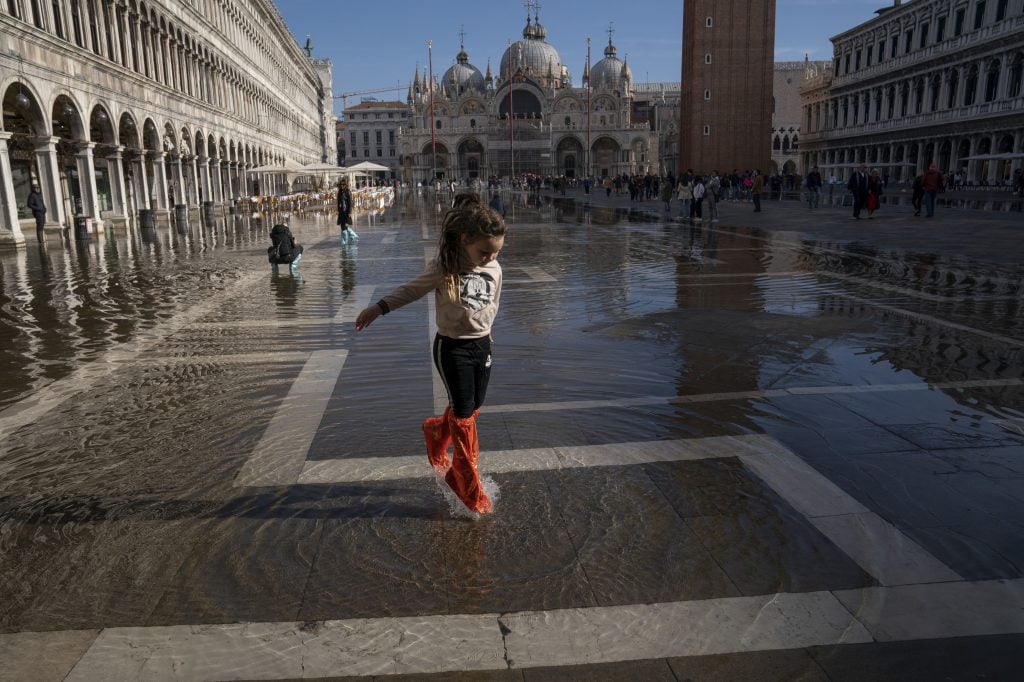
A new initiative, Murmur, aims to help arts organizations reduce their carbon emissions and change the industry's standards.

Margaret Carrigan

There’s no denying that we live in an era of crisis, from geopolitical strife to economic instability and widening wealth disparity. Looming behind all of that is the ecological devastation brought on by climate change. These macro challenges have had an impact on the art market and the wider cultural sector writ large. Artists, galleries, museums, and cultural policymakers are all looking for ways to respond to these issues and change the way the art world works to foster a more sustainable future.
Victoria Siddall is one of the figures at the forefront of a push for environmental change within the industry. After a nearly 20-year career at Frieze where she helped grow the art fair into the global platform it is today, she’s now the founding director of Murmur, a charity launched earlier this year that is aimed at helping the art and music industries combat climate change by funding initiatives to decarbonize, empower artists to create major societal change, and financing transformative climate work.
It’s not easy to change a whole industry, especially one that has been billed as elitist and self-indulgent. But according to Siddall, the arts sector is uniquely placed to create positive change amid devastation.
“We’ve seen it across history: the impact of music in the Civil Rights movement, for example, or the way that visual artists responded to the AIDS crisis in New York, in the 1980s and ’90s, and how that changed public perception and ultimately then policy,” she told me. “We’re working to apply that same special power that is unique to our sector to the climate crisis.”
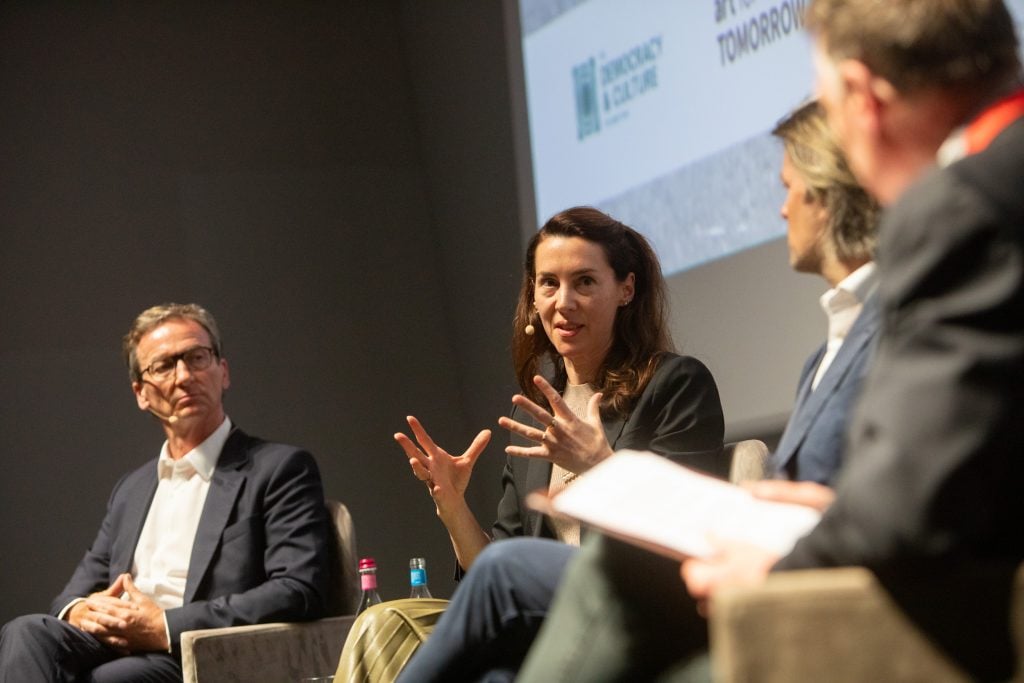
Victoria Siddall speaks at the Art For Tomorrow conference in Venice, Italy, June 2024. Courtesy of Art For Tomorrow.
It was a hot June afternoon when we met at the Palazzo Diedo in Venice, where this year’s Art For Tomorrow conference took place, at which Siddall spoke about how both museums and the market must take more concrete steps toward sustainability. There’s perhaps no better place to broach the question of the art world’s responsibility to climate initiatives than in Venice, a bastion of art, architecture, and culture that is especially vulnerable to rising sea levels.
In 2022, the Venice Biennale offset carbon emissions to achieve carbon neutrality by using more recycled and renewable products and energy sources and pledging to reuse materials in subsequent editions, as well as offsetting residual emissions via the purchase of carbon credits via investment in renewable energy production in India and Colombia. Yet offsetting is a vague initiative often negatively associated with “greenwashing,” and many “carbon credits” toward offset initiatives have been found to be ineffective, if not deleterious.
Siddall agreed that offsetting is “kind of problematic for lots of reasons,” but that doesn’t mean that businesses and organizations “shouldn’t be putting funds into the most impactful environmental solutions” both within their industries and in the wider world.
“In order for art to have that power [to create change], we need to have our house in order as an industry,” she said. “We need to be doing the work. We need to show we take this seriously.”
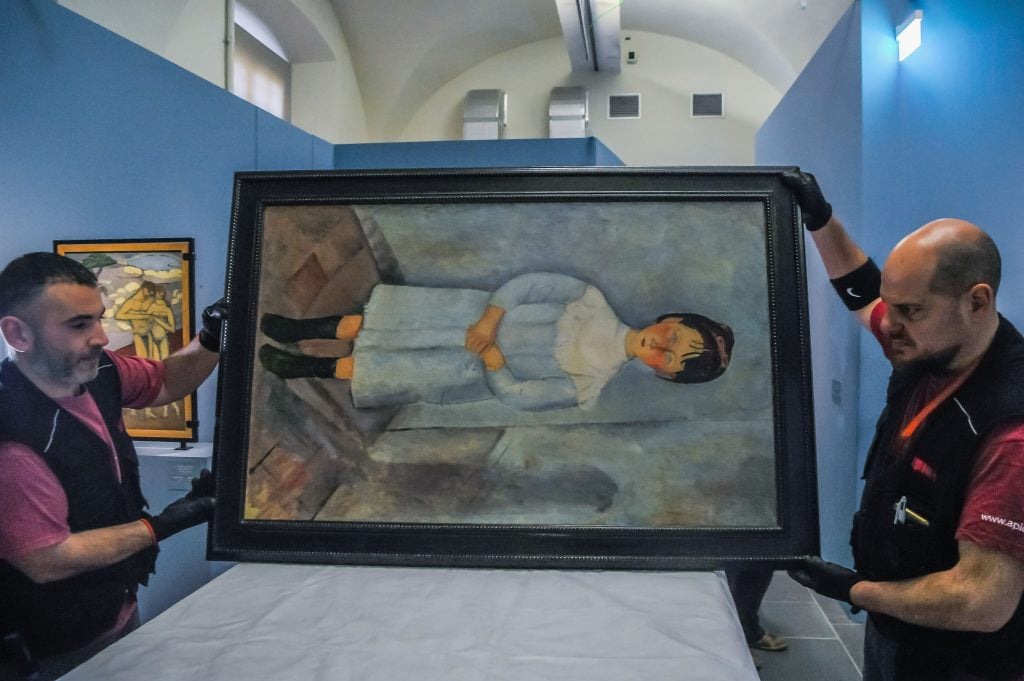
Art organizations are increasingly using more sustainable materials to wrap and transport artworks. Photo: Laura Lezza/Getty Images.
She sees Murmur as a viable alternative to offsetting. Participating art and music businesses are asked to measure their carbon impact and sign a commitment to reduce it, in addition to making an annual financial contribution to the registered charity’s shared funds. Founding partners include galleries Hauser and Wirth, Mendes Wood, and Thomas Dane, as well as LUMA Arles and LUMA Foundation, Frieze (where Siddall is still a board director), and record labels like Rough Trade and Ghostly International, among others.
Murmur builds on the aims of Gallery Climate Coalition (GCC), which was started in London in 2020—Siddall is among its founders—and now has over 1,100 members in 40 countries worldwide who have all committed to a 50 percent reduction in emissions by 2030 in line with the United Nations Paris Agreement. That includes major museums, artists, galleries, and other big art businesses like Frieze and Art Basel, as well as Christie’s and Sotheby’s. The coalition advises its members to pay Strategic Climate Funds, which can funnel money more directly to external organizations working on the frontline of the climate crisis, rather than conventional offsetting schemes.
Still, it’s easy to speak about these types of initiatives on a high level and to feel self-satisfied with the effort alone, rather than the outcome. So far, there is little clarity as to what kind of receipts are needed to make sure the arts sector is changing operational practices, not just their top-line strategic talking points. The benchmark to entry for organizations and individuals wanting to be a part of Murmur is having done a carbon audit and publicly committing to reducing their emissions. Beyond that, Siddall admitted, “[Murmur] is not set up to be actually checking every detail” of what their members are doing, adding that it is more about “removing the barriers that are preventing the industry from making these changes, and convening these groups of people to discuss those barriers and figure out how to finance the solutions to them.”
Already, the carbon audits have shed light on what some of the main barriers to environmental sustainability are for arts organizations. While not the biggest contributor to the climate crisis, Siddall cites single-use packaging in the art world as a common issue.
“In terms of wrapping artworks, there are new products on the market that are kind of multi-use,” she said. “Many galleries are using them anyway. How do we make that the norm for everyone in the trade?”
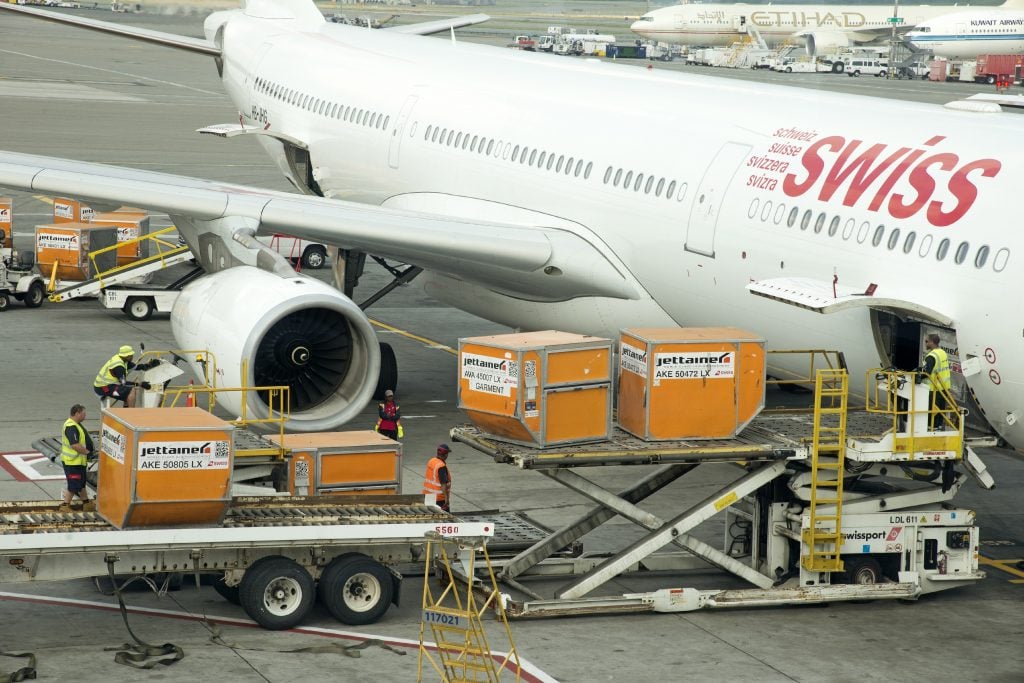
Cargo handling containers being stowed in the hold of an Airbus A330 aircraft at JFK USA. Air freight is one of the top carbon emission culprits for commercial art businesses. Photo: Education Images/Universal Images Group via Getty Images.
On the commercial gallery side, air freight and air shipping are major contributing factors to their carbon footprint. Siddall notes that there are already available alternatives: “Sea freight has 90 percent less carbon emissions than air freight, truck shipping within the U.S. or within Europe is also a good option.”
But often it’s not as simple as just shifting the shipping vendor. “I’m not naive. I worked in this sector for many years on an art fair. I know that it’s not always possible,” Siddall added. Instead, she said it’s important to ask why a gallery would not want to swap air freight for something more environmentally friendly.
“Is it around insurance? In which case can we help to solve that problem? Is it around the safety of work? Is it around the time it takes? Is it around artist deadlines? And then how do we bring the artists on board with that? We want to know how we make these things possible.”
For institutions, temperature control in their galleries is one of the top carbon emission culprits. “I’ve seen museum carbon audits that show that 80 percent of their emissions are coming from the energy they use to heat and cool their building,” Siddall noted. It’s an area of museum management ripe for change: the Getty Conservation Institute recently published a new piece of research into this showing that those guidelines and humidity levels that artworks need to be kept were written in the 1960s in London by a conservator at the National Gallery.
“These guidelines were instituted more than 50 years ago, before we had these concerns about climate, before we knew what we know now, and they’re also written in London,” Siddall said. “So how do you apply those rules to the global South and Asia and the Middle East? Everything needs refreshing, but the only way these changes can happen is through collaboration across the entire industry.”
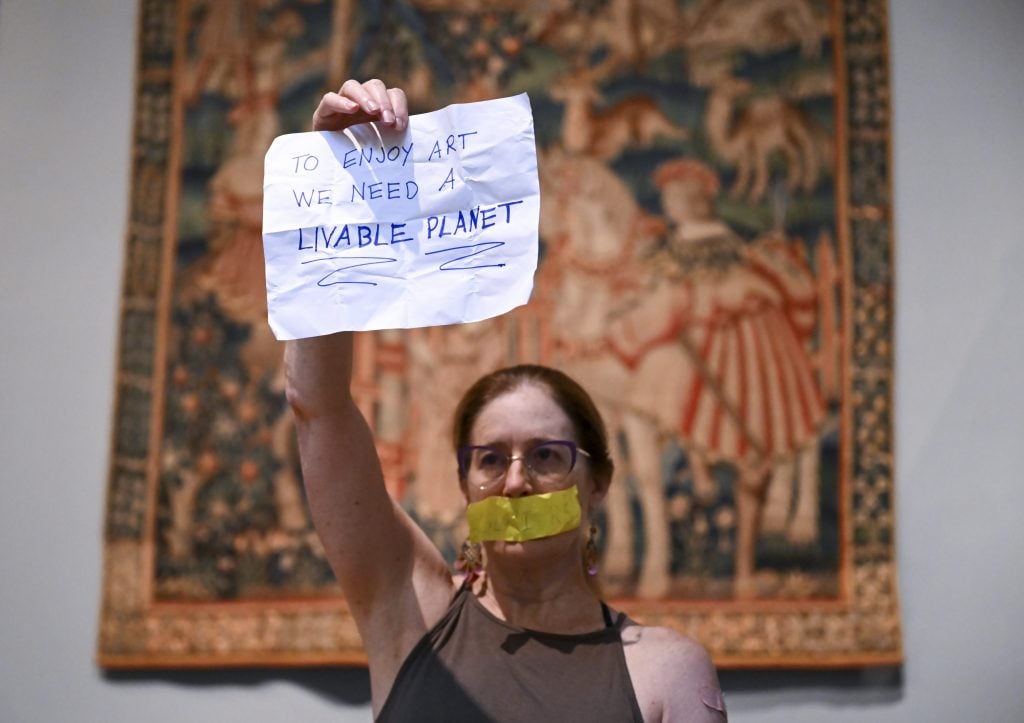
Climate activists, including Extinction Rebellion, shut down multiple exhibitions at the Met Museum on July 8, 2023 in New York, United States. Group was protesting people who were arrested in Washington DC and are charged with Federal crimes. Photo: Fatih Aktas/Anadolu Agency via Getty Images.
Museums have increasingly become sites of climate activism as well. Within the last few years, climate activists all over the world have been attempting to raise broader awareness of environmental crises by targeting internationally renowned art museums’ greatest treasures, such as the Mona Lisa. Yet, within the art sector, they are leading the way in the emissions reduction conversation.
Siddall noted that Tate has been “very progressive” in terms of addressing the issue, often hosting events for other museums to talk about it. Moreover, the Arts Council funding in the U.K. requires that any organization receiving Arts Council funding is doing a carbon audit and has a pathway to carbon reduction. The Museum of Modern Art, the Guggenheim, and the Whitney Museum in New York have also joined GCC and there is a network of New York museums that meet regularly to discuss sustainability issues, according to Siddall.
“The commercial art world is obviously something that’s very fast-paced and it’s maybe trickier to kind of make change,” she added.
Still, she feels hopeful that tangible change is possible in all areas of the art industry. “I believe that we are all in this industry because of art and artists, and there is a real power there,” she said. “But we can’t put it on just the artists to change the world. It’s not fair.”
Artnet was an official content partner of Art For Tomorrow, Venice, June 5–7, 2024. Listen to our full interview with Victoria Siddall on The Art Angle, Artnet’s weekly podcast.